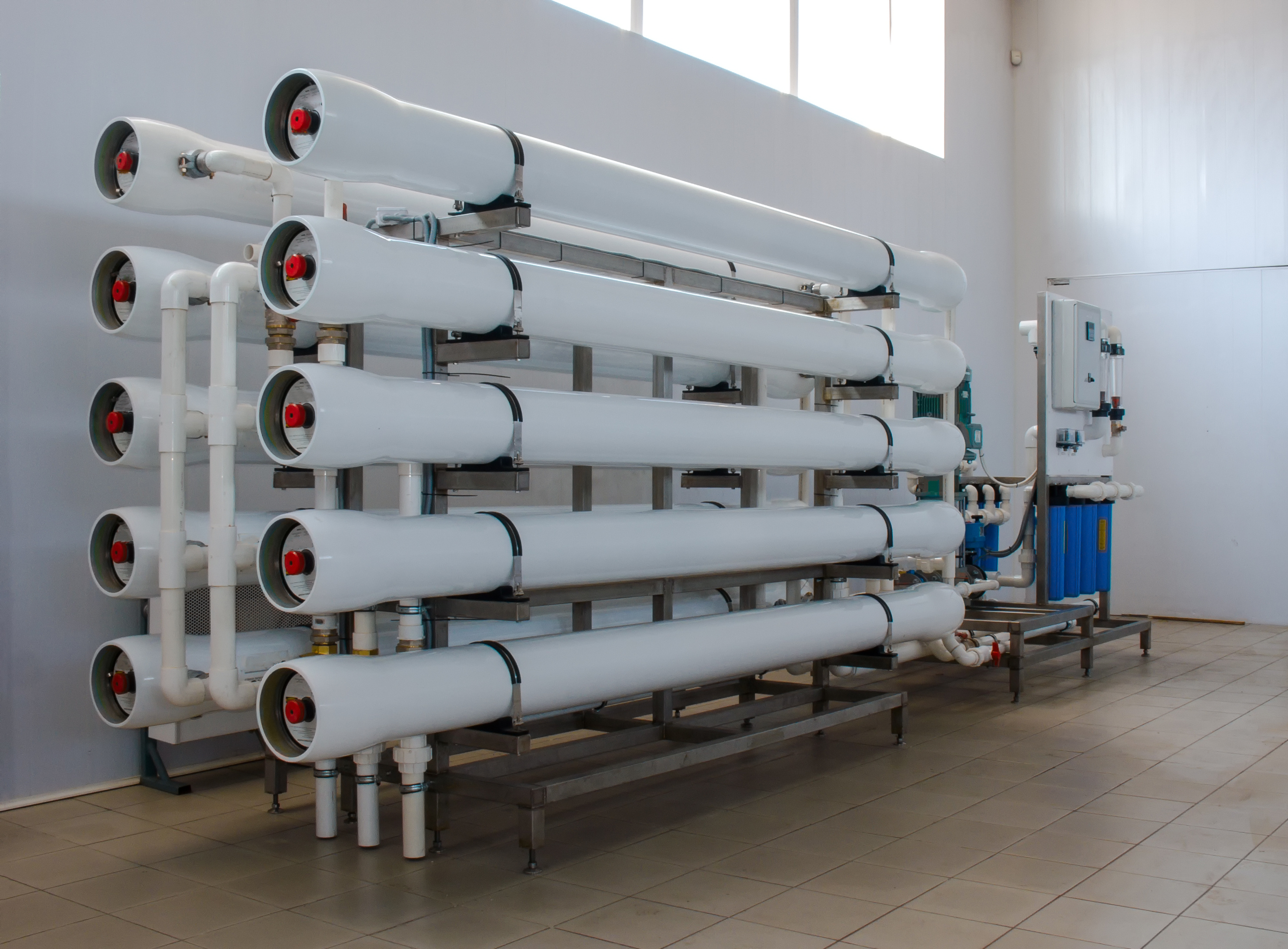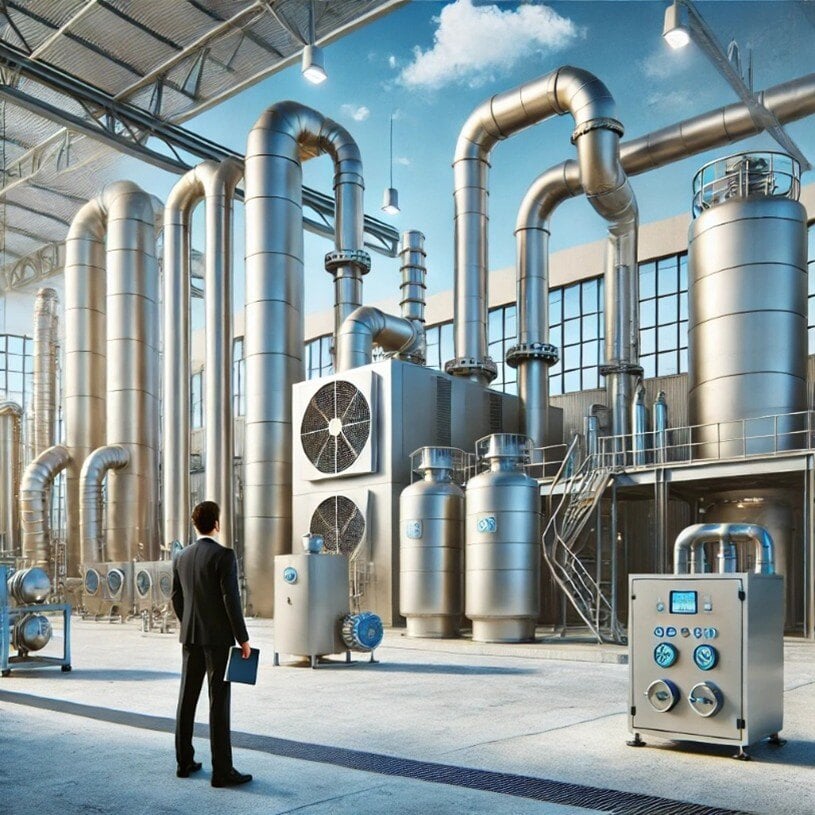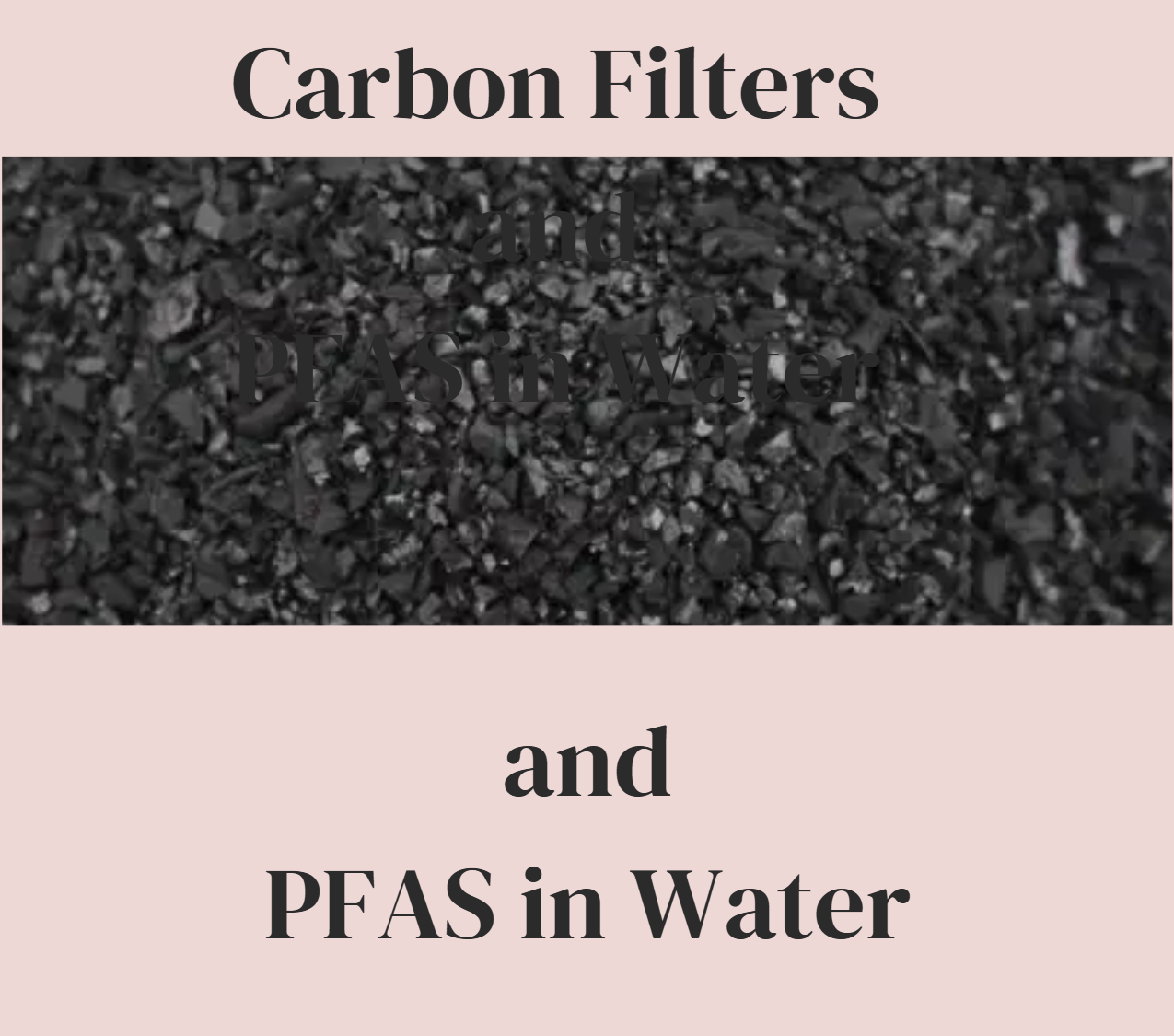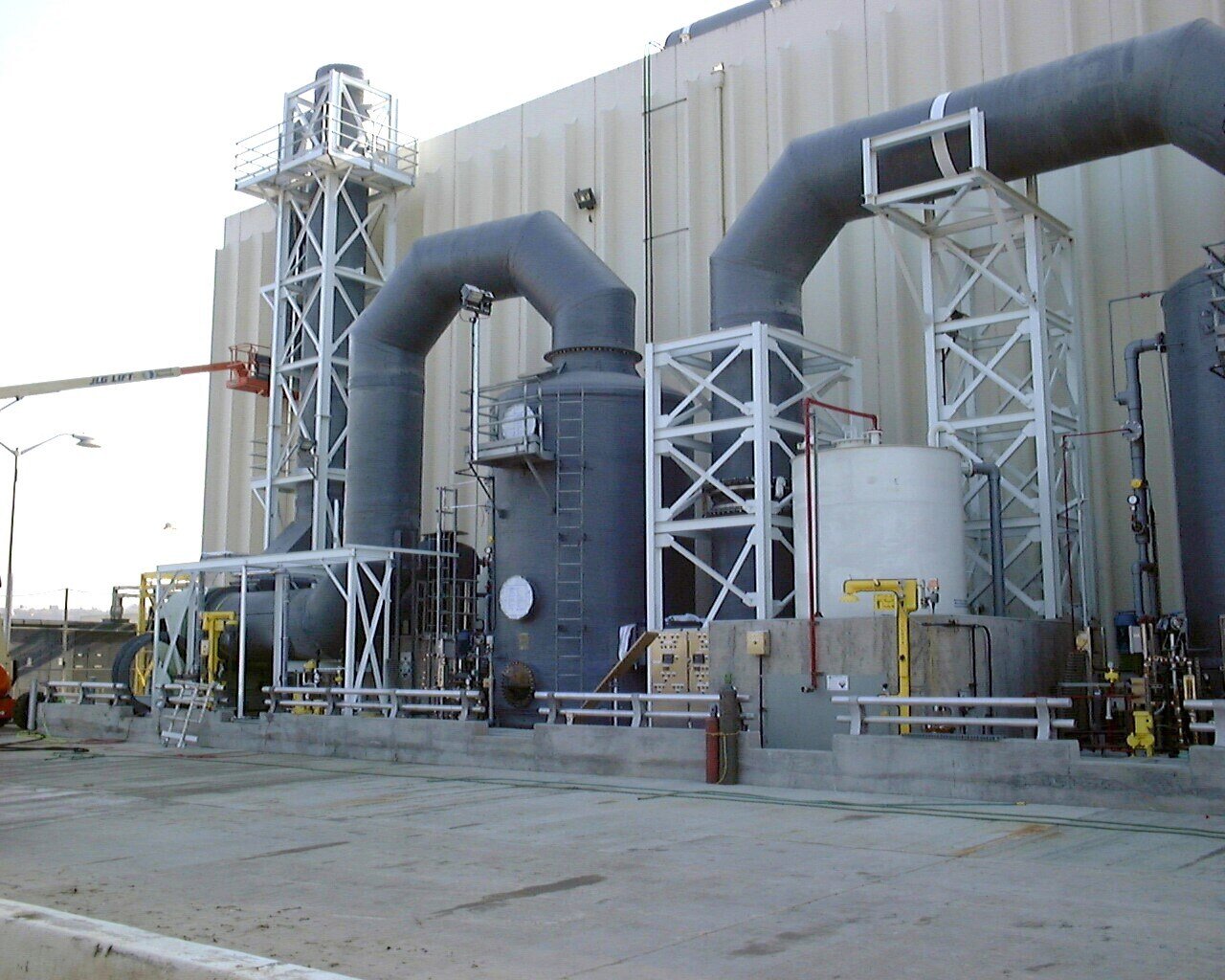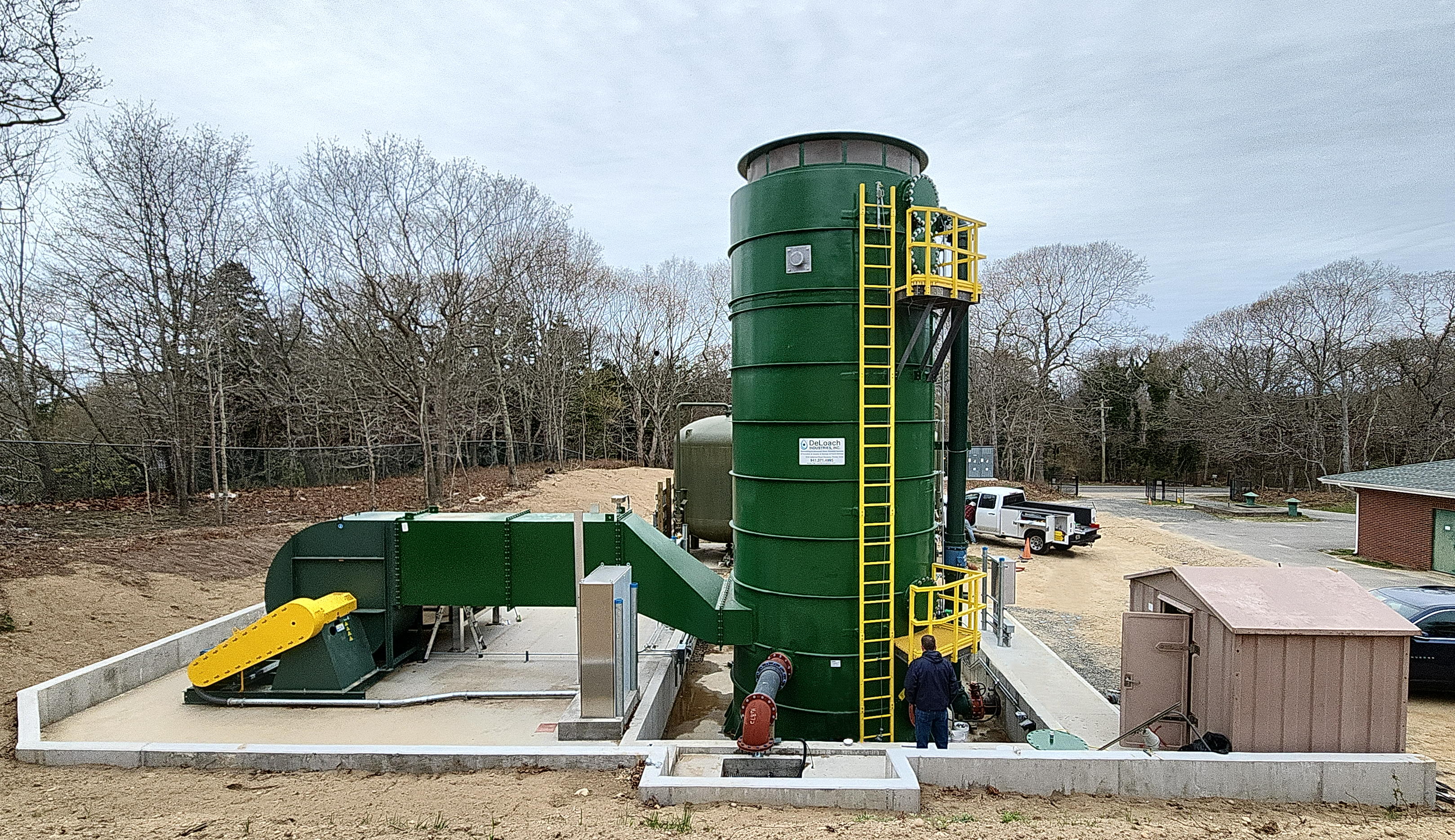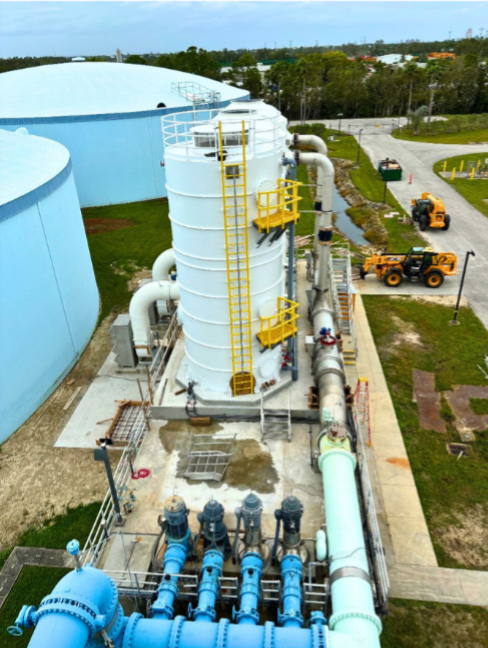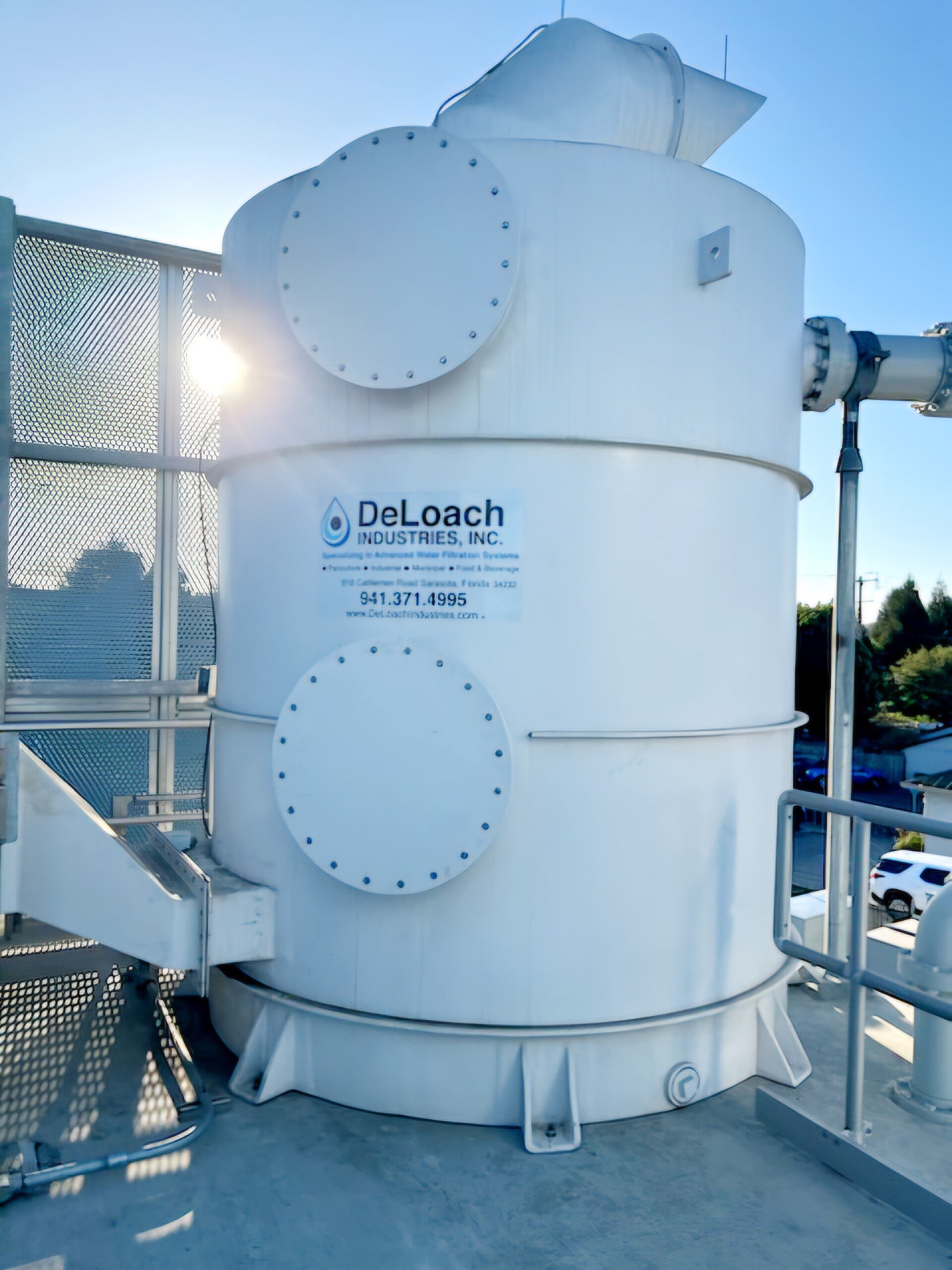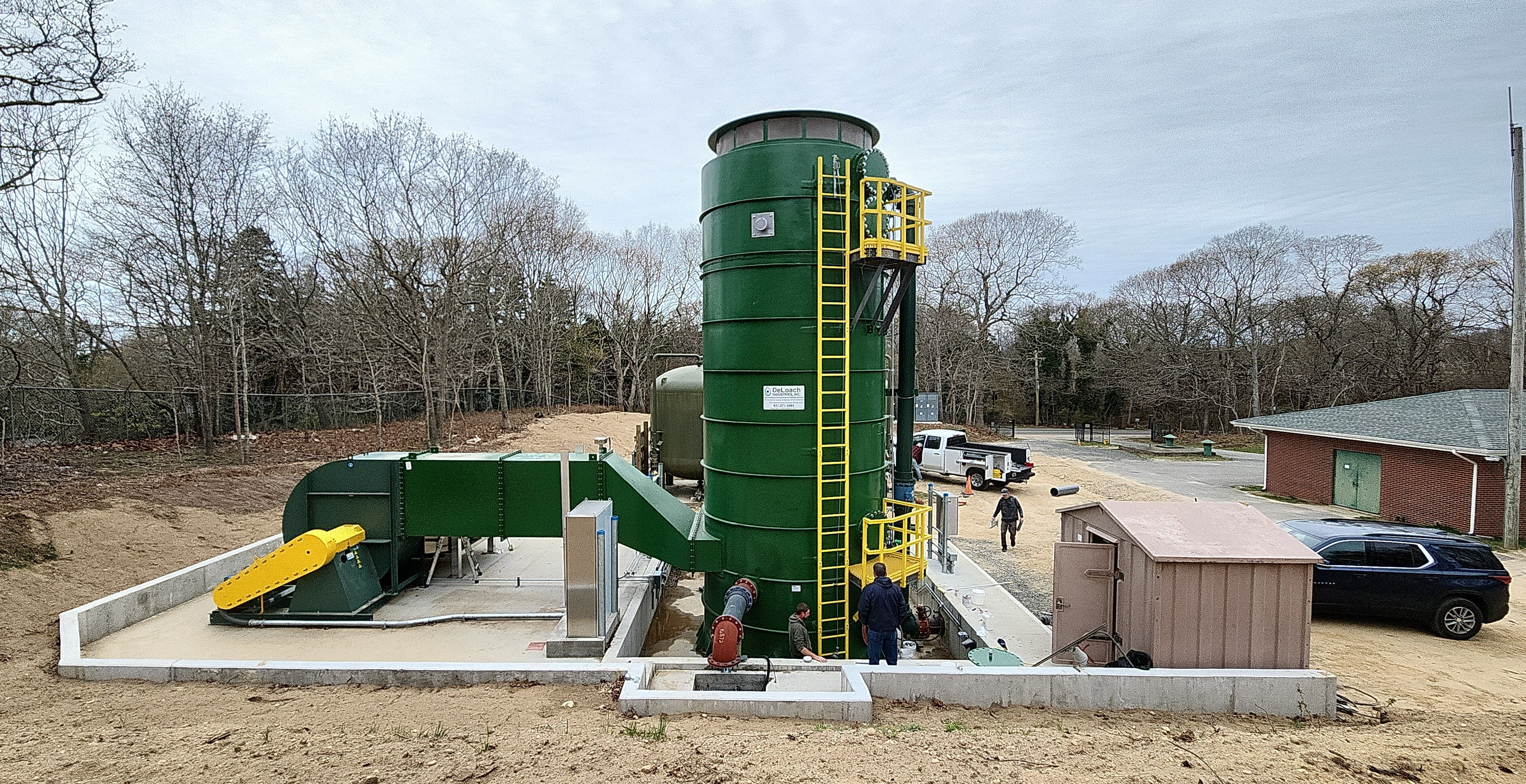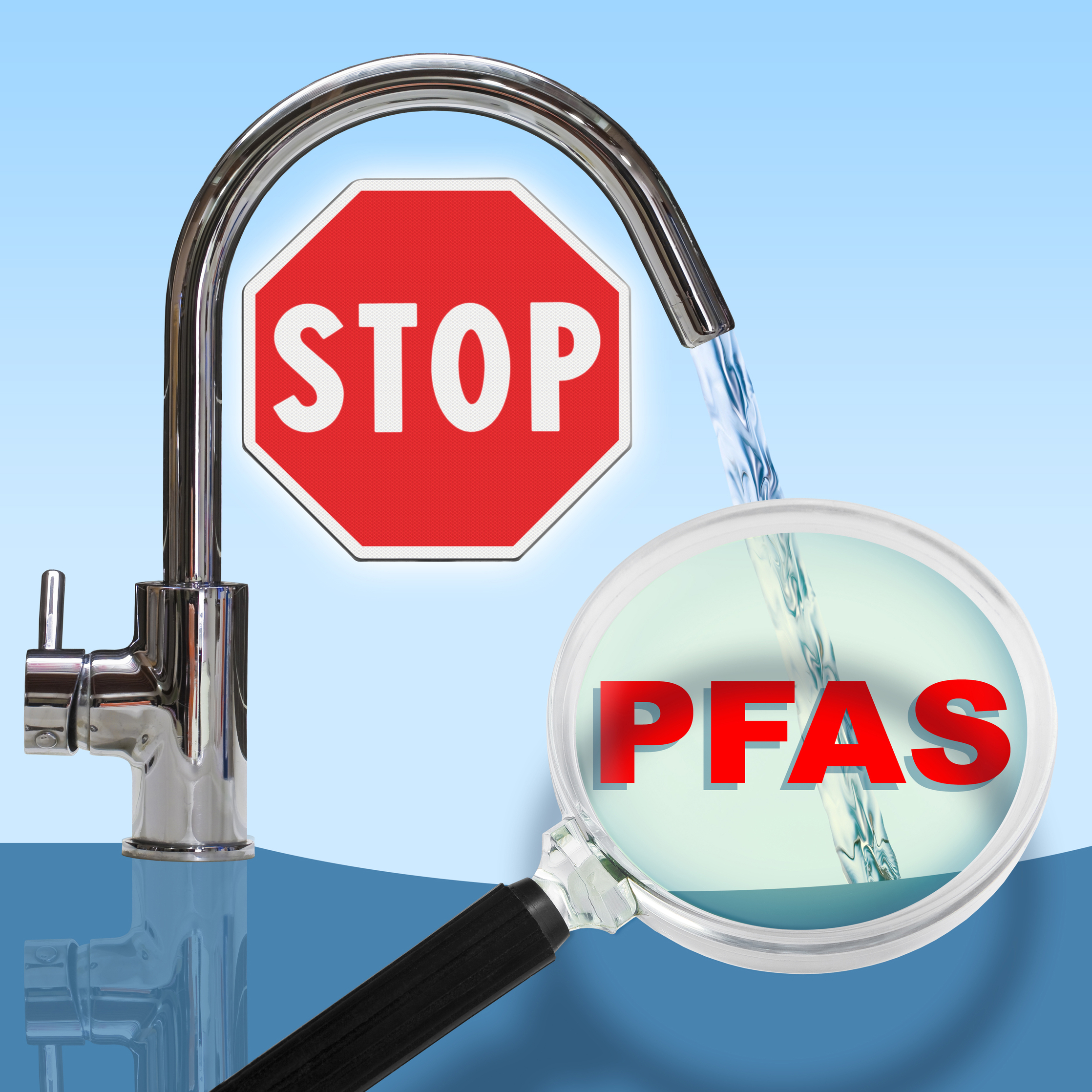
PFAS contamination stems from per- and polyfluoroalkyl substances seeping into water sources due to their widespread use in industrial and commercial applications. Their remarkable persistence and resistance to degradation enable them to accumulate in the environment, particularly in water sources. Exposure to PFAS-contaminated water can occur through various routes, including drinking contaminated water, consuming contaminated food, and using products containing PFAS. Understanding the sources and pathways of PFAS contamination is crucial for addressing and preventing further exposure to these contaminants. Of paramount concern are the potential health impacts of PFAS on humans. Efforts to combat PFAS pollution involve implementing regulations that restrict their use and conducting cleanup initiatives in affected areas. By consciously avoiding products containing these chemicals and opting for safer alternatives, individuals can significantly reduce their exposure to PFAS. Personal actions play a vital role in this collective endeavor toward creating a cleaner and healthier environment for all through education and proactive measures against PFAS pollution.
Read More
Topics:
water quality,
water treatment,
DeLoach Industries, Inc.,
Contaminated Water,
removing PFAS & PFOS,
PFOS,
the environmental protection agency,
PFAS contamination,
pfas removal
In a world increasingly impacted by climate change, industrialization, and population growth, ensuring access to clean, safe water has never been more critical. At the forefront of this global challenge is the advancement of water filtration technologies—systems designed not only to purify water but to do so with greater efficiency, lower environmental impact, and higher performance. Water treatment professionals are now turning to cutting-edge solutions that revolutionize how we clean, recycle, and reuse one of our planet’s most vital resources.
Read More
Topics:
water quality,
water treatment,
RO membrane,
DeLoach Industries, Inc.,
reverse osmosis,
membrane technology,
pfas removal,
nanofiltration,
filtration technologies
Industrial facilities are often at the forefront of producing essential goods and services, but with these processes comes the challenge of managing industrial odors. These odors affect the immediate working environment and have broader implications for community relations, worker health, and regulatory compliance.
Read More
Topics:
water treatment,
industrial facilities,
DeLoach Industries, Inc.,
Industrial Odor Control,
Industrial water treatment,
volatile organic compounds
The Growing Pressure to Regulate PFAS
Read More
Topics:
water treatment,
DeLoach Industries, Inc.,
PFOS,
pfoa regulations,
forever chemicals,
EPA,
PFAS contamination,
Perfluoroalkyl Substances,
pfas removal,
Polyfluoroalkyl Substances,
volatile organic compounds,
PFOA
In the quest for a pristine drinking water supply, the role of carbon filters, particularly in removing Per- and Polyfluoroalkyl Substances (PFAS), has become paramount. This post explores the effectiveness of carbon absorption filters in purifying drinking water from these tenacious contaminants, highlighting their indispensable role in ensuring water safety and safeguarding public health.
Read More
Topics:
water treatment,
DeLoach Industries, Inc.,
Carbon Filter,
PFOS,
pfoa regulations,
forever chemicals,
Perfluoroalkyl Substances,
pfas removal,
Polyfluoroalkyl Substances,
volatile organic compounds,
PFOA
Understanding Hydrogen Sulfide Hazards and Solutions
The Science and Risks of Hydrogen Sulfide
Hydrogen sulfide (H₂S) is a colorless gas notorious for its distinctive "rotten egg" smell, detectable even at very low concentrations. This malodorous compound occurs naturally during the decomposition of organic matter and is also a byproduct of several industrial processes such as petroleum refining, sewage treatment, and paper manufacturing. With its chemical formula comprising two hydrogen atoms bonded to a sulfur atom, H₂S poses significant threats due to its toxic and corrosive characteristics.
Read More
Topics:
hydrogen sulfide (H2S),
municipal water systems,
DeLoach Industries, Inc.,
hydrogen sulfide gas,
Water Treatment Technologies
How Forced Draft Degasification Systems Work
Forced Draft Degasification (FDD) systems are at the forefront of industrial water purification technology and are designed to remove dissolved gases, such as carbon dioxide and hydrogen sulfide, from water, significantly improving water quality and reducing the risk of corrosion in industrial equipment. The process starts in a vertically designed tower where water flows downward, encountering a cross-current airflow. This setup allows the unwanted gases to be stripped away efficiently, ensuring that the water exiting the system is free of these contaminants.
Read More
Topics:
degasification,
degasifier,
DeLoach Industries, Inc.,
Forced Draft,
Industrial water treatment
The Science Behind Hydrogen Sulfide and Its Hazards
Hydrogen sulfide (H2S) is a colorless gas known for its pungent "rotten egg" smell, even at low concentrations. With the chemical formula H2S, it consists of two hydrogen atoms bonded to a single sulfur atom. This compound is naturally produced during the decay of organic matter and can also be a byproduct of various industrial processes, such as petroleum refining, sewage treatment, and paper manufacturing. Despite its natural occurrence, hydrogen sulfide poses significant risks due to its toxic and corrosive nature.
Read More
Topics:
water treatment,
hydrogen sulfide (H2S),
municipal water systems,
DeLoach Industries, Inc.,
removing hydrogen sulfide in water,
Industrial water treatment,
scrubbers
Water purification is critical in industrial operations, especially when it comes to removing dissolved gases that can cause corrosion and compromise the efficiency of equipment. Various methods exist to address these issues, with Forced Draft Degasification (FDD) systems often cited as one of the best options. However, while FDD systems have clear advantages, they may not always be the ideal solution depending on specific needs. In this article, we'll explore the ins and outs of Forced Draft Degasification, weigh its benefits and drawbacks, and compare it to alternative methods to help you determine if it's truly the best choice for your water purification needs.
Understanding Forced Draft Degasification Systems
Forced Draft Degasification systems are designed to remove dissolved gases, such as carbon dioxide (CO2) and hydrogen sulfide (H2S), from water, which can cause significant problems in industrial equipment. The principle behind FDD is simple but effective: water flows through a vertically structured tower, typically packed with media that maximizes the surface area. As water travels downward, a cross-current of air is forced through the system, helping to strip out unwanted gases.
This interaction between air and water allows for the efficient removal of these gases, which otherwise would contribute to the deterioration of industrial equipment through corrosion. Corrosive environments not only shorten the lifespan of machinery but also increase maintenance costs, leading to inefficiencies that can disrupt entire operations. The goal of FDD systems is to mitigate these risks, making water safe for industrial use and protecting expensive equipment investments.
These systems are widely used in industries such as power generation, chemical processing, and oil refining, where the presence of dissolved gases can lead to substantial equipment failure or process inefficiencies. The vertical design of the FDD system enables it to handle large volumes of water efficiently, making it ideal for high-capacity industrial needs. The simplicity of the FDD system, combined with its ability to consistently remove dissolved gases, makes it a preferred choice for many industrial operations that prioritize reliability and cost-effectiveness in their water treatment systems.
Read More
Topics:
hydrogen sulfide (H2S),
carbon dioxide,
degasifier,
Deagasification,
DeLoach Industries, Inc.,
Forced Draft,
Industrial water treatment

